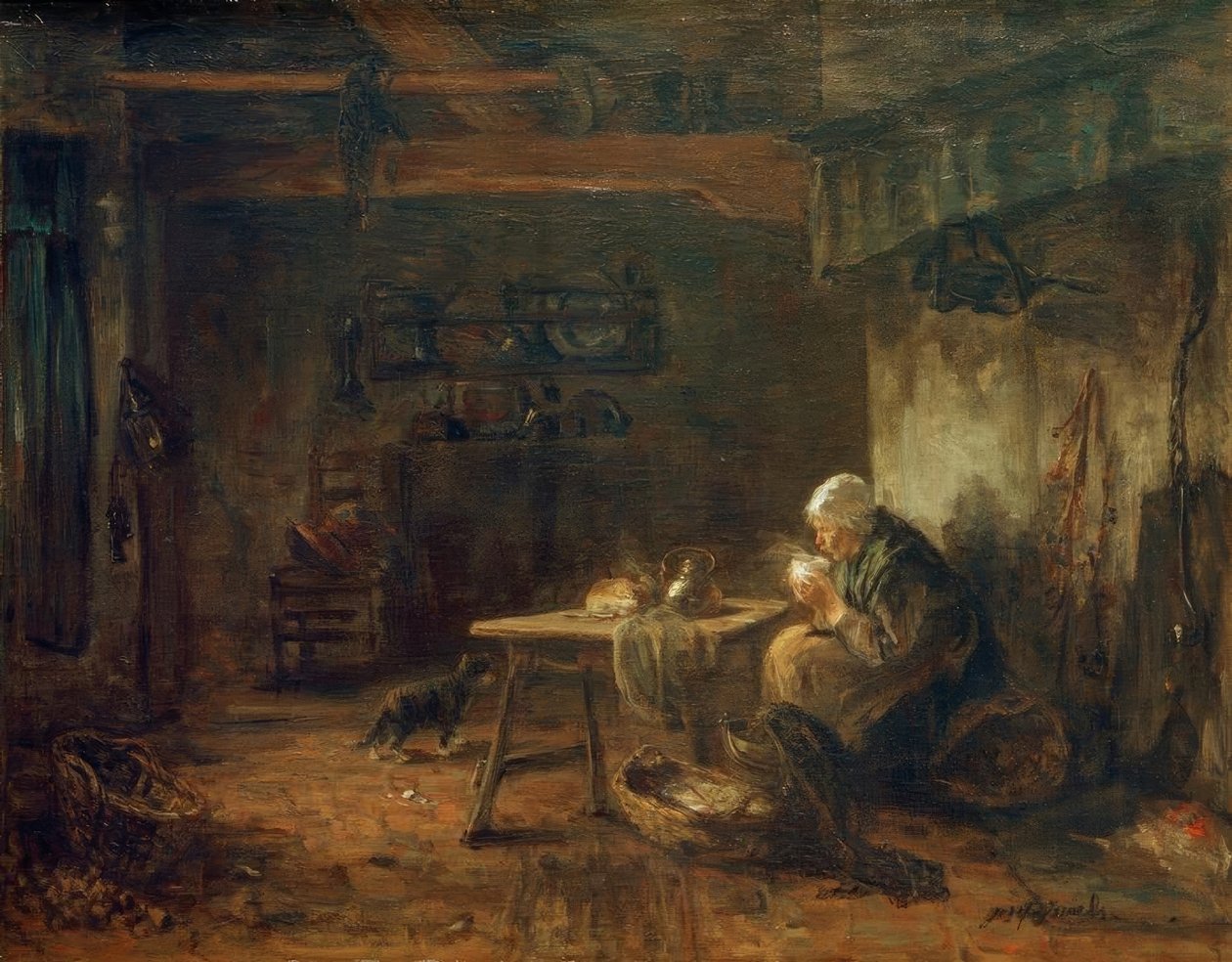When the night has folded the world into its silent cloak, a tremor may traverse the soul: shivering that begins somewhere deeper, where absence whispers and memory is in embers. Delirium tremens, in the language of physicians, describes a violent unraveling: a crisis that visits when the substance once invoked for relief is exiled, leaving behind a Spirit laid bare and trembling. In the ritual lexicon, such a phrase acquires further gravity: it becomes the mark of one standing at the limen, fevered between worlds, undone by the loss of artificial light, exposed at the raw edge of endurance. Visionaries and healers of centuries past wrote of such nights, when the order of things receded and consolation became unreachable, when the self became arena for spectral visitations and the air thickened with omens. They saw in this agony a true dark night: not the passage of sorrow, but the ordeal of the threshold, where the soul reels, abandoned to absence, meaning evaporates, and the senses are scoured by invisible hands. The trembling that arrives in darkness is more than tribulation, as it is an unmasking, the baring of a soul before the abyss that terrifies and, for the worthy, transfigures.
I. The Agony of Withdrawal: Poison and Purification
In the treatises of Thomas Sydenham and the medicine of ages, delirium tremens is named at the crossing between intoxication and deprivation: a suffering that erupts when the poison once served as remedy, and its absence, long deferred, opens a gate to the underworld. Sydenham speaks of trembling, dread, restlessness unexplained. This trembling transcends the mere body’s revolt; it is the cry of a Spirit that, having long anaesthetised its wounds, finds itself exposed. The fever and the visions do not belong only to disease, they belong to the liminal. What withdraws is numbness; what returns is the naked pressure of reality, unsoftened and absolute. In the ancient rites, withdrawal was trial and purification: the altar where the soul, deprived of all palliatives, stands unveiled before the Real. The mystics called this hour the dark night: a visitation of absence, a silence so severe that every secret pain is drawn forth and every shadow becomes articulate. The poison was always a veil; its departure, no matter how painful, is the moment the abyss reveals itself in its true magnitude.
II. Spectres in the Void: Visitation and Hallucination
In the chronicles of Paracelsus and in the notebooks of early psychiatrists, delirium tremens is peopled with phantoms; crawling shadows, whispering voices, grotesque landscapes that invade perception when all boundaries have been dissolved. The soul, at this limit, becomes a theatre where all that was repressed or fled returns in new forms: not merely hallucinations, but emissaries, archetypes, daemons, the masks of unreckoned grief and longing. The trembling is not empty; the void is crowded with demands, with unfinished stories and the voices of wounds unmet. No vision is random: each spectre carries the shape of a question, all horrors are a veiled invitation to remembrance. The mystical wisdom is thus present, knowing that to tremble at the threshold is to be visited, and that what returns in the night is not random terror, but the invisible seeking to speak through symbolic suffering. This visitation is the soul’s confrontation with all it has yet to name.
III. The Lunar Path: From Dismemberment to Remembrance
The journey through delirium tremens, whether played out in the theatre of body or the deeper recesses of the psyche, is a quest of dismemberment that prepares for a new kind of memory. The lunar cycle, long traced in myth and rite, moves through fullness and loss, unity and scattering, confusion and return. It is the blackening, the undoing necessary for true transmutation. Dismemberment is the price of awakening; only what has been shattered can be fully restored, only what is forgotten can be remembered, only what is confessed in trembling can be transfigured in dawn. The Moon, keeper of thresholds, presides over this rhythm: her eyes are soft and pitiless, her patience inexhaustible. She requires only the courage to remain in the void, to wait for the dream to reveal its logic, to allow the pain to carve out a vessel worthy of new light. The agony is not its own end; it is a gestation beneath the gaze of Selene, who moves between shadow and re-emergence with the assurance of ancient tides.
Coda: The Consecration of the Trembling
In the ritual trembling that descends in the night, there is a secret: absence is a chalice and dread is a womb. The one who endures the delirium of the liminal, who does not flee or mask the fever, who welcomes the spectral as emissary, will find – when the shaking yields to silence – a light unforeseen. Not the daylight of certitude, but a lunar fire: pale, interior, faithful, marking those who have crossed the shadow with a sign invisible to the world. For those who keep vigil in such nights, the trembling becomes a consecration, a rite of passage, a confirmation that the void is inhabited and the wound has a function in the apparatus of the Spirit.
Avé Eva. Fiat Lux.
